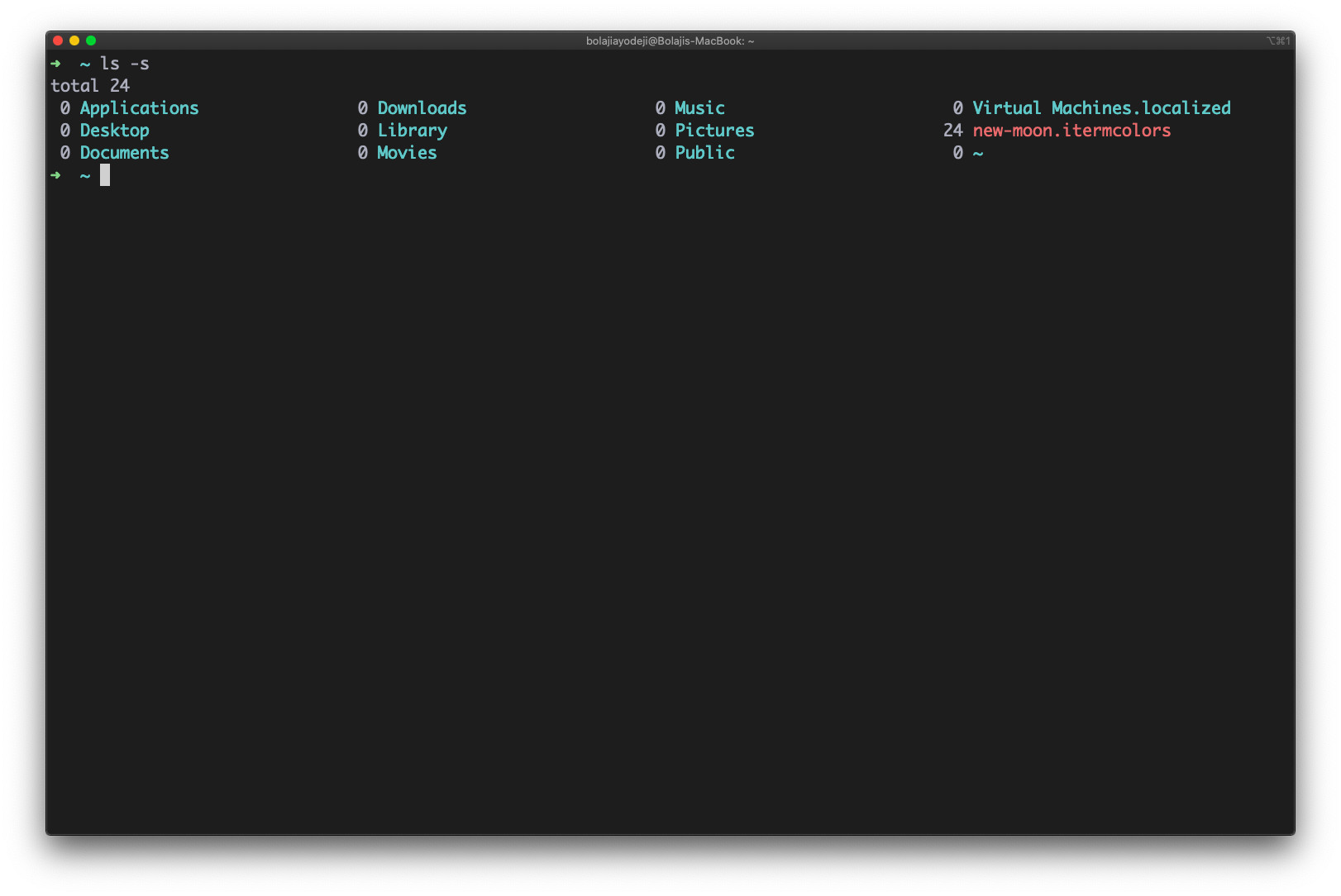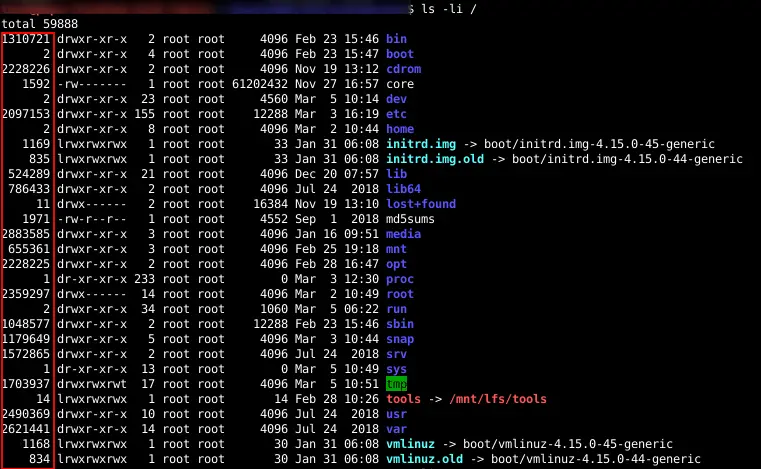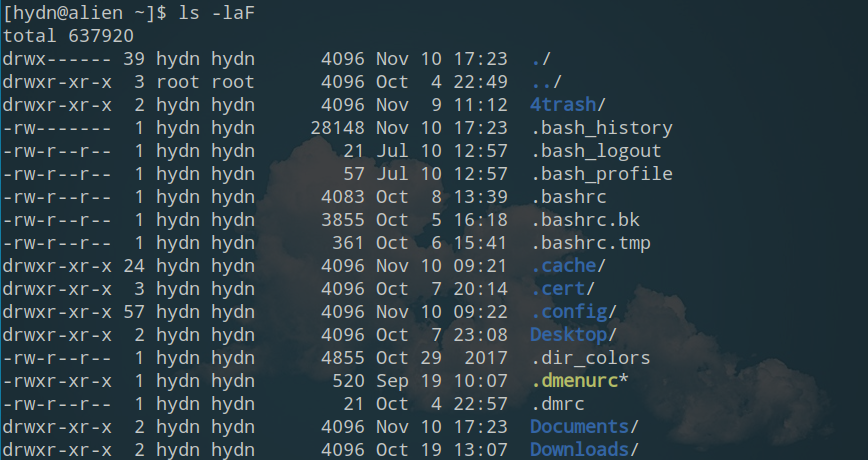

In the previous find command, we redirected any error output, denoted by the number 2, to the special file /dev/null. Alternatively a command may redirect a text file to its input. Unlike piping, redirection takes the output from a command and sends that output to a text file. The output from your system may differ: $ find / -type p 2>/dev/null This is a very powerful tool and I would encourage you to practice with the command. You can search for these file types on any Linux system using the findcommand. These special files are known as named pipes as they are represented by files of type PIPE in the file system and as such have a name. We can create our own named pipes using the command mkfifo (/usr/bin/mkfifo). The pipe file will never store data itself, but marshals data, (controls the data movement), from one application to another. The application will often create special files of the pipe type that can be used to link to commands together. In this situation the caped-crusader appears in the form of named pipes to save the day. This is very convenient for us on the command line but not so convenient for applications to be able to communicate. We call this an un-named pipe as it is created on the fly without the existence of a pipe file. Yes, we have extracted data, the number if files in a directory. In this case, the pipeline that we have built will count the number of lines of output from ls, or simply the number of entries in the current directory. The output of ls is sent to the input the command wc.

This is a command pipeline in its very simplest form, just two commands used in extracting data from files. Making use of an unnamed pipe we use the vertical bar between two commands as shown below. Mainly, we see un-named pipes but named pipes are commonly used between processes on your PC, allowing one application to talk to another. PipingĪs mentioned in Linux Essentials objective 2.4: we have two types of pipes, un-named and named pipes. We can start by seeing how the modular nature of the UNIX and Linux command line shells allow for bespoke applications using pipes. There are many tools that we can use at the Linux command line aimed directly at extracting data from files and searching that data. Tools Used For Searching and Extracting Data from Files Redirection is similar but works with files rather than commands along with these we take the time to visit a little of the menagerie of the file reporting tools that Linux supplies.

Piping is sending the output from one command to the input of another command. The output from one command can be sent to the input of another. The Linux command line is built around many small commands. In this blog we step you through the process of searching and extracting data from files at the Linux command line.


 0 kommentar(er)
0 kommentar(er)
